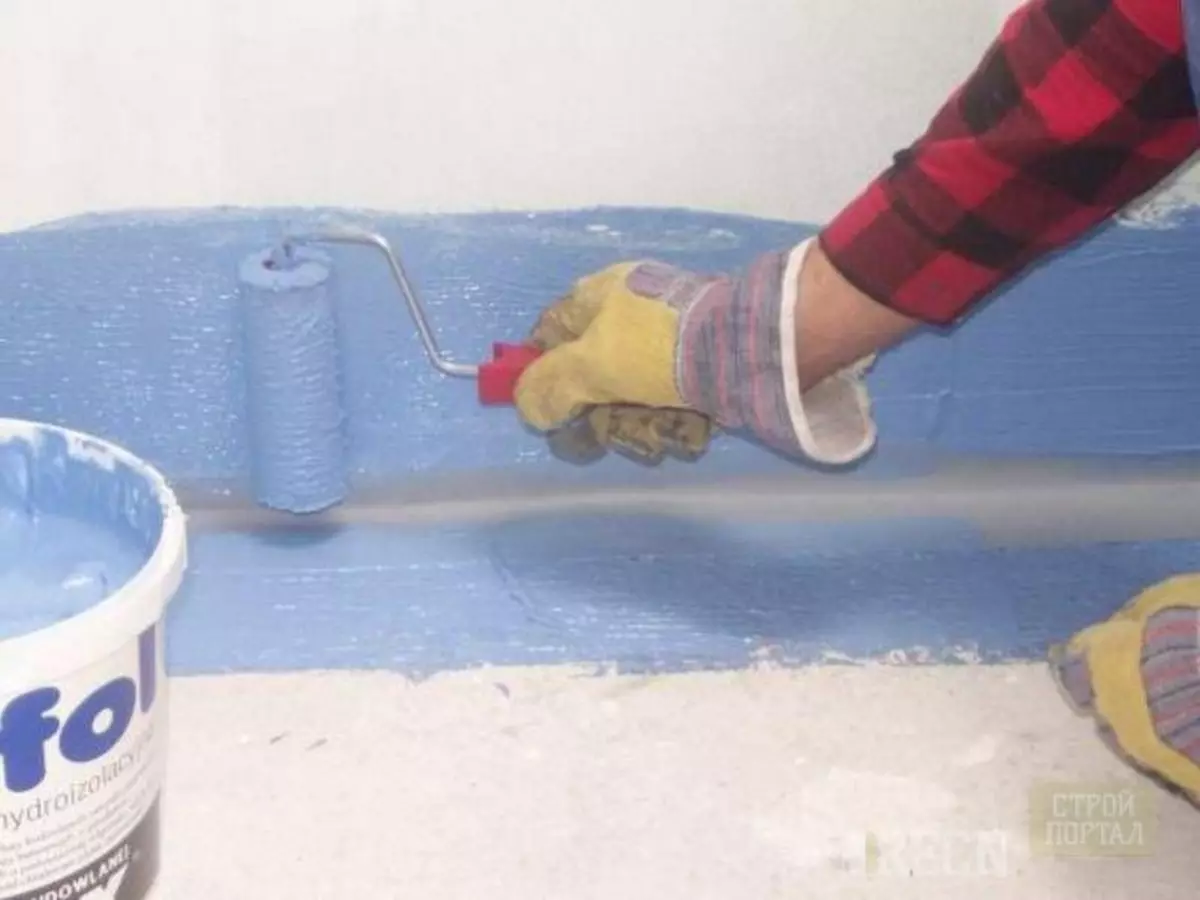
Floor for floorproofing floor is often used in construction at the expense of its inexpensive cost and good qualitative characteristics.
Protection of the base from moisture penetration helps protect building materials and structures from premature destruction.
Properly selected and laid according to the technology of waterproofing material allows the use of basement floors and attic rooms as a room for household and prevalence.
Types of films for waterproofing
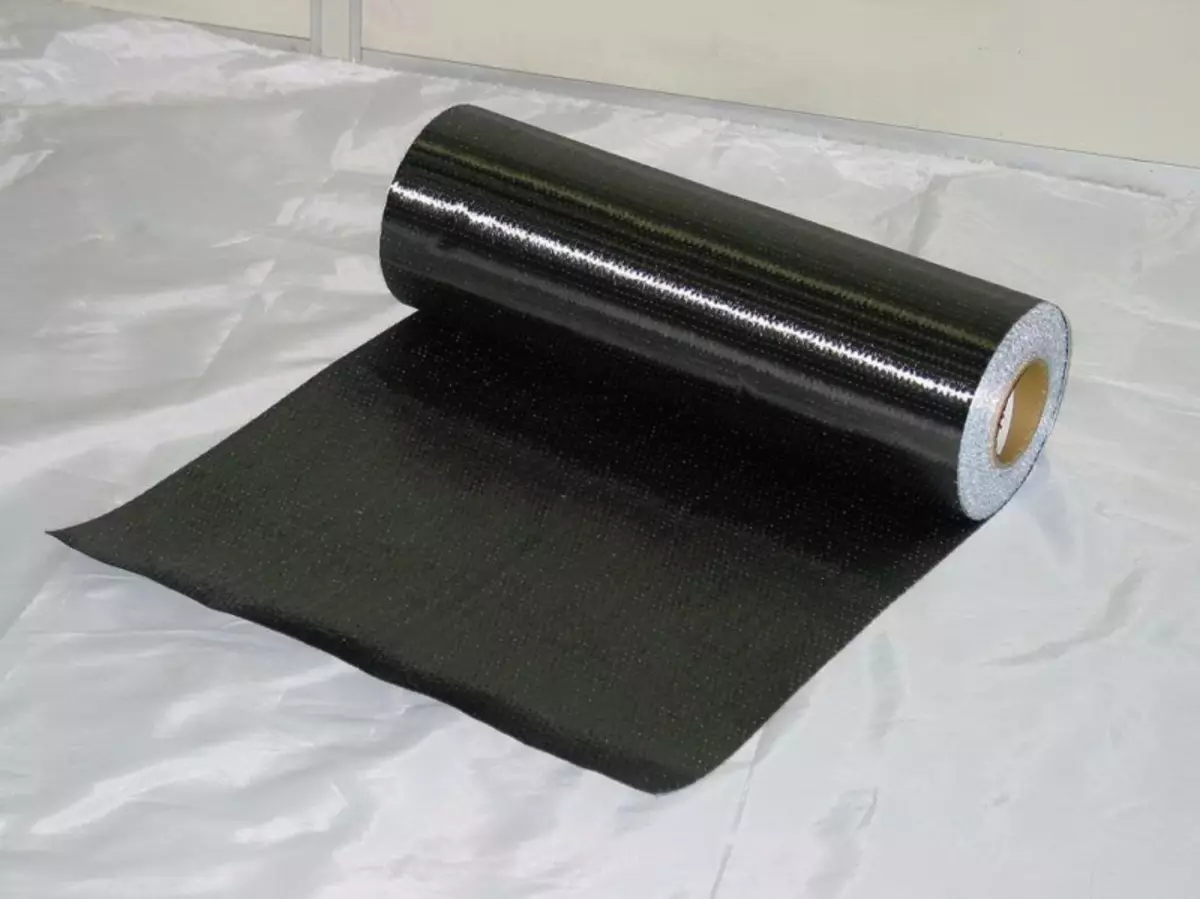
Film isolation is most popular in private houses, apartments, offices and commercial facilities.
Polyethylene film for waterproofing is available in various thickness and texture. Views and their characteristics Consider in the table:
| Type of film | Characteristic | disadvantages |
|---|---|---|
| Polyethylene | Most often applied in individual construction as additional protection against moisture penetration on the peres of the construction structure. | It has insufficient strength, destroyed under direct influence of ultraviolet, condensate is going on the surface |
| Modern polyethylene film | Release with one side smooth, and the second darous. Condensate accumulates on the rough surface, it protects the thermal insulation material from the absorption of condensate. | Do not breathe |
| Polypropylene | Resistant to abrasion and exposure to high temperatures is chemically stable. At T 140 degrees begins to soften, at T 175 degrees melts. | It has the smallest density of 0.91 g / cc. CM |
| Based on synthetic rubber | Resistant to ultraviolet and minus temperatures. Can restore their sizes after stretching. Have a long service life. | Complex styling in the corners, as the material is denser polyethylene |
| Polyethylene foamed | Not only protects the surface from the penetration of moisture, but also retains heat well. Due to the porous structure, sound and shock noises are quenched. Stacked online. | Increase waterproofing thickness |
| Reinforced | It has a multi-layered structure, the average layer is made of nonwoven fabric or polypropylene grid. It has increased strength. | Do not miss water vapors |
| Diffuse membrane | They are a material consisting of several layers capable of passing water pairs, and not to skip moisture. Made by one-sided and double-sided, it is important when installing to lay the membrane by the desired side. | High price |
The material is chosen depending on the functional purpose of the room and the availability of funds.
Waterproofing functions
Properly laid waterproofing:
- protects the room from leakage of construction solutions to neighbors to the lower floor;
- Speakers as an obstacle from the penetration of moisture from the soil to the finishing flooring.
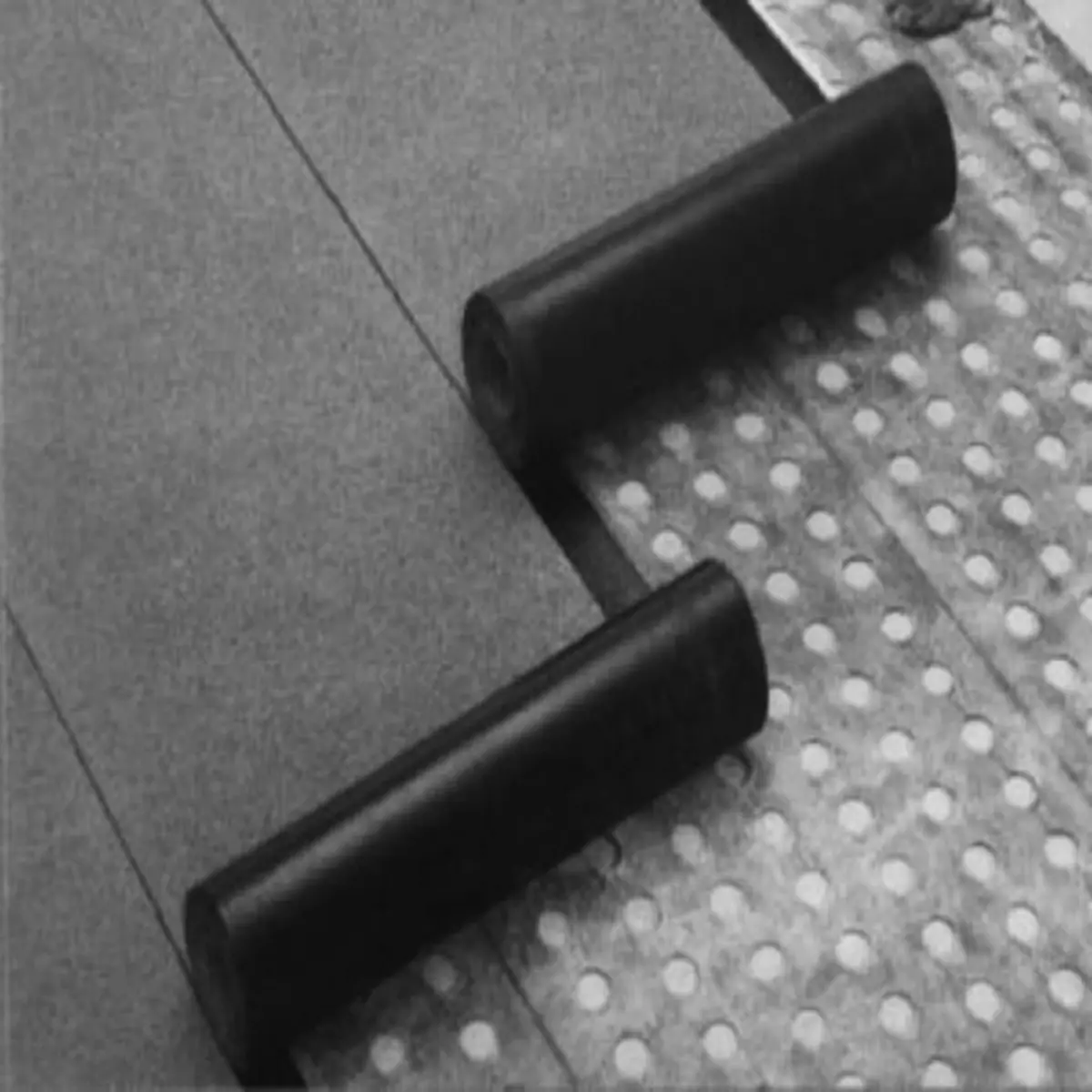
In rooms with elevated moisture levels: bathrooms, baths, saunas, in the basement it is necessary to perform water waterproofing.
Advantages of polyethylene film
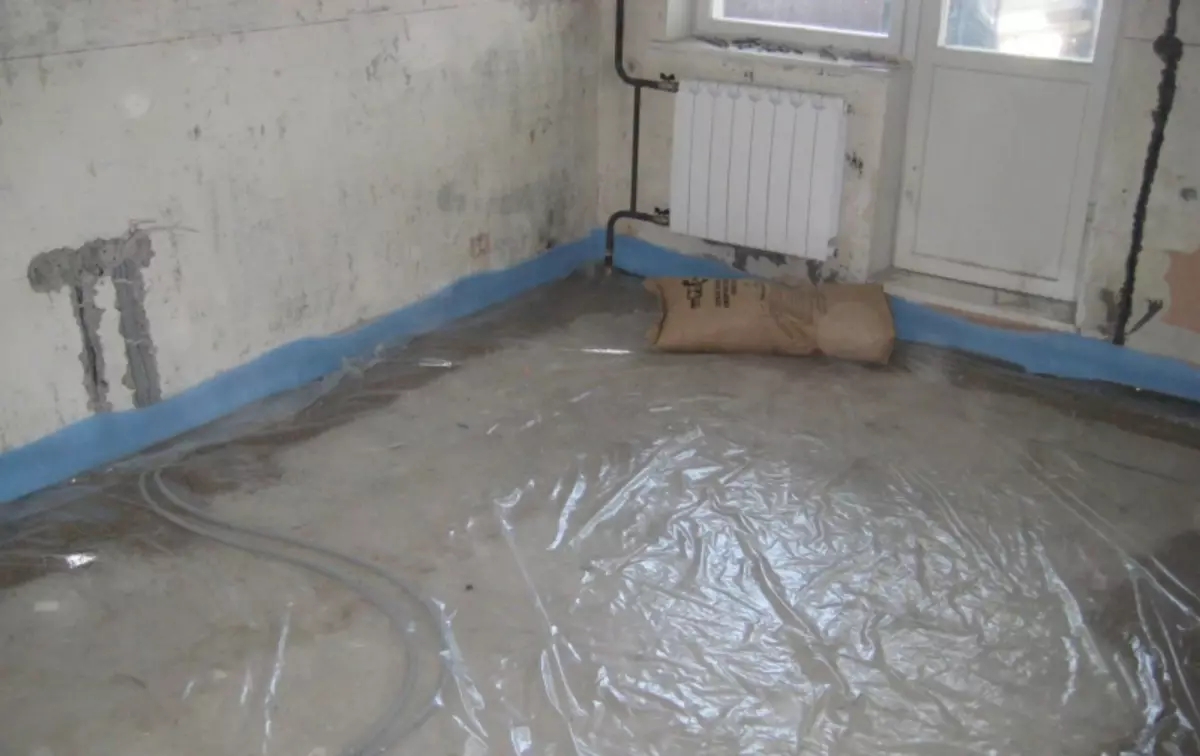
Polyethylene can be easily furnished independently without the use of complex tools
Article on the topic: Correctly choose solvent for paint
Most often, waterproofing is carried out by polyethylene film due to the optimal ratio of price-quality indicators.
Benefits:
- low cost;
- High elasticity, due to this easily fit;
- long service life;
- Not susceptible to rot.
The technical characteristics of the film waterproofing for the floor are shown in the table:
| № | Thickness | 0.4 mm and more |
|---|---|---|
| one | Texture | Smooth, with bilateral or one-sided embossed |
| 2. | Operation in the temperature range | From - 40 to +80 degrees |
| 3. | Maximum stretching | 150 H 50 mm |
| four | Width | 250, 365, 400, 500, 600 mm |
| five | Length in roll | 50 M. |
To increase resistance to mechanical damage, stabilized polyethylene enhanced strength is used.
Installation of waterproofing under the tie
The waterproofing material must be laid under the screed when the concrete plate performs the function of the floor of the first floor and the foundation. In this case, it is necessary to protect the base from the seepage of the groundwater and the leaks from the inside of the building (in the breakthrough of the pipes), the film is placed between the layers of rough and finishing gender. For more information about waterproofing under the screed, see this video:
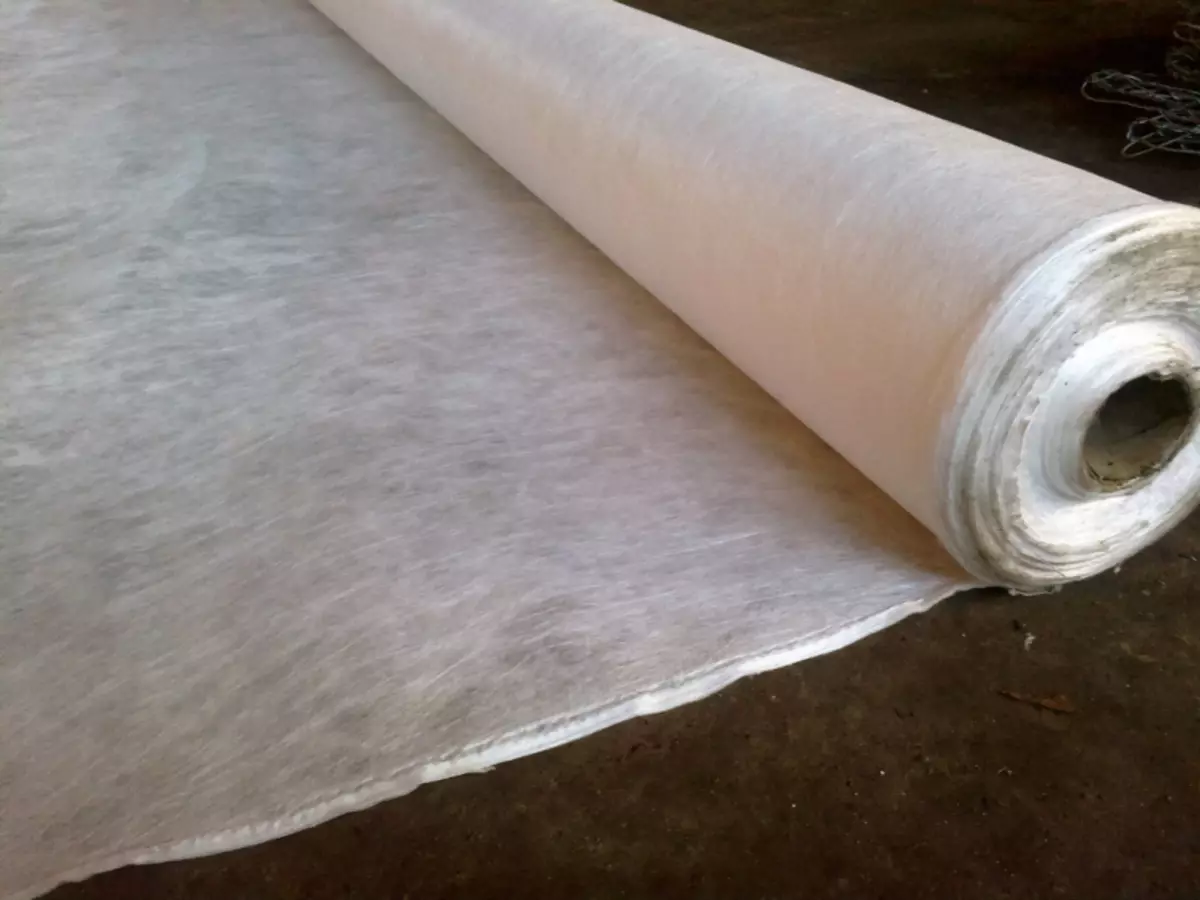
Polyethylene substrate will serve geotextile
We need to lay waterproofing under the screed at the walls when installing warm floors - it will prevent the penetration of moisture from the walls to the floor.
Installation sequence:
- On a flat surface purified from dust and garbage, the surface is spreading geotextiles, it is laid onto the strips of waterproofing. If we use a simple polyethylene film, laying 100 cm flashes if foamed polyethylene, then jack.
- Waterproofing joints fix scotch.
- Material on the corners fold and fix the construction stapler.
After laying the waterproofing, we proceed to the installation of the screed. Works do it carefully, so as not to break the film.
Installation of waterproofing on a screed
When the screed is completely dried, you need to perform its primer in two layers. Each subsequent layer is applied after drying the previous one. For more information about various types of waterproofing, see this video:
Article on the topic: Flooring is your own hands: Wooden painted cyclishing, such a video for the board, the tool is old
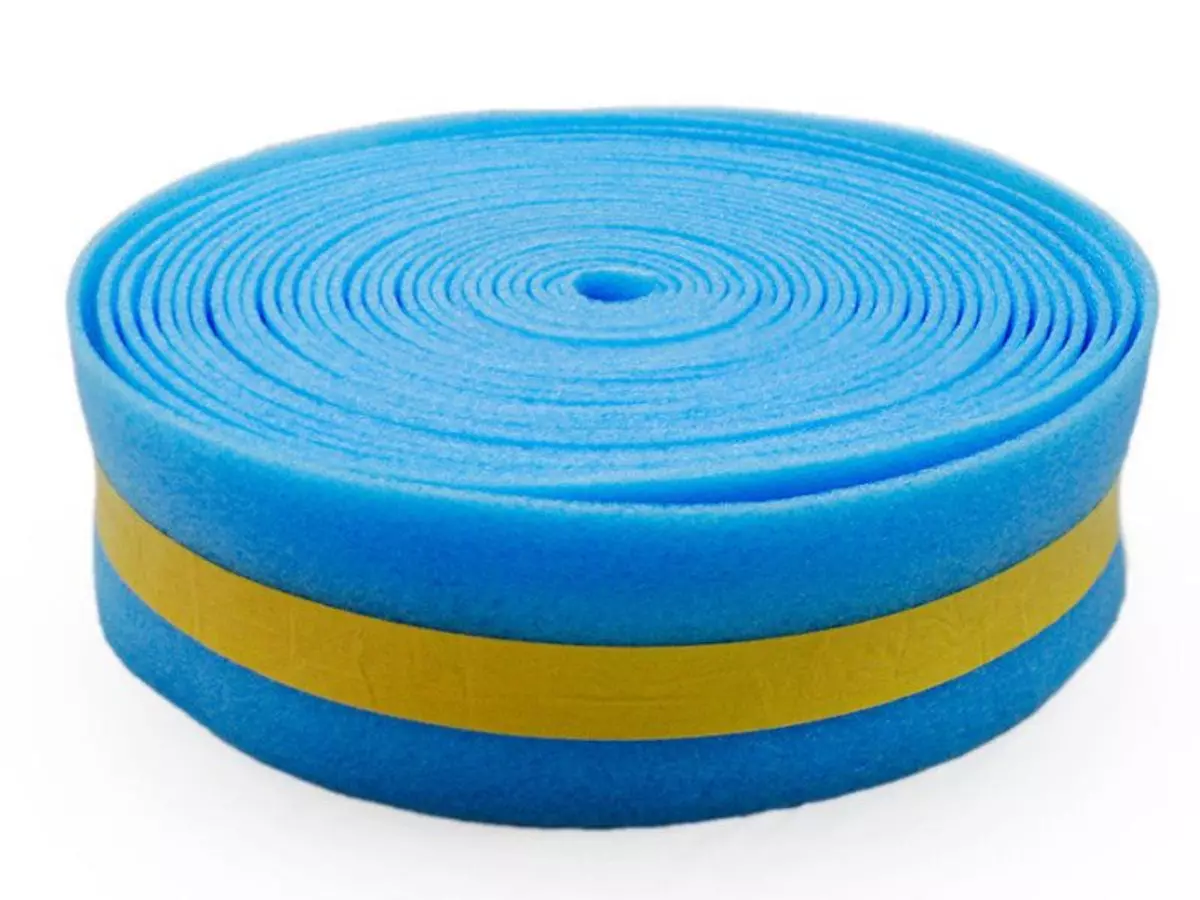
Dampfer tape.
Thermal insulation material is then stacked, the damper tape is sampled around the perimeter of the walls, the polyethylene film is covered in the method described above.
When performing waterproofing, it is better not to save on quality, since the cost will pay off during operation. The durability of the supporting structures and building materials in the house depends on the quality of the material.
